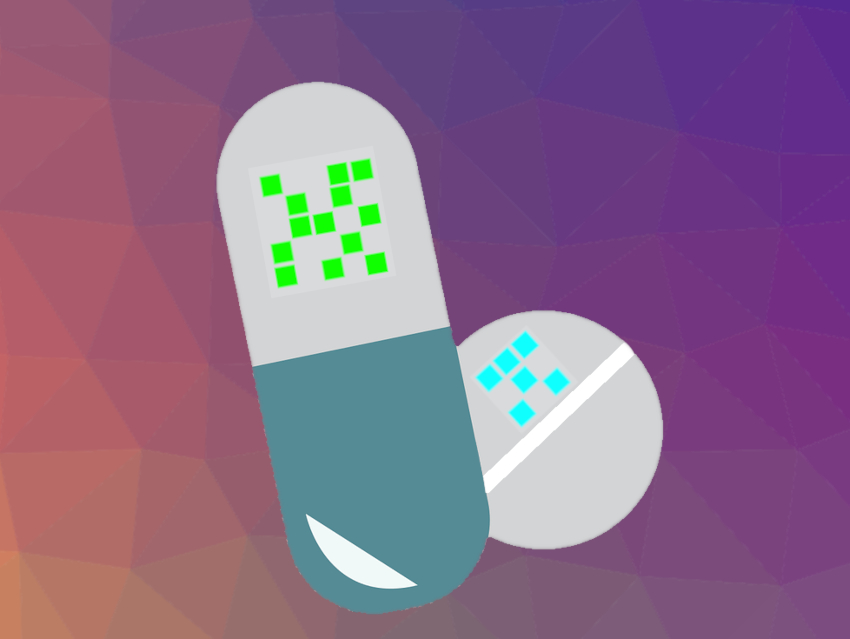The growth of online pharmacies has made it easier for consumers to access medications. However, there are also illegally operated online shops that sell counterfeit, adulterated, or incorrectly labeled drugs. Pharmaceutical companies sometimes use anti-counterfeiting measures such as holograms on the packaging of their products. However, so far, there are no equivalent options for individual pills or liquid doses that could allow consumers to verify the source of their medication.
Seong-Wan Kim, National Institute of Agricultural Sciences, Wanju, Republic of Korea, Young L. Kim, Purdue University, West Lafayette, IN, USA, and colleagues have developed edible tags with codes made from fluorescent silk proteins, which could be placed on the surface of pills or into a liquid medicine. The codes on the tags could be read using a smartphone app and be used to verify the source of the pharmaceuticals.
The researchers genetically modified silkworms to produce silk fibroins (a type of protein in silk) with either a cyan, green, or red fluorescent protein attached. They dissolved the silk cocoons spun by these three types of silkworms to create fluorescent polymer solutions, which they applied onto a thin film of white silk in different patterns.
Shining blue-violet, blue, and green light onto the grid reveals the cyan, green, and red square patterns, respectively. Using optical filters placed over a smartphone camera, an app can be used to scan the fluorescent patterns, decode the tag, and open a webpage that could host information about the drug’s source and authenticity. To test the feasibility of using the tags in alcohol-based liquid medications, the researchers placed a silk-film code in a clear bottle of whisky. They found that the fluorescent code was still readable using the app.
The team also showed that the fluorescent silk proteins are broken down by gastrointestinal enzymes, suggesting that the silk-film codes can be digested. Thus, placing the developed edible codes onto pills or in liquid doses of medication could allow patients or care providers to avoid the consumption of counterfeit or mislabeled pharmaceuticals. The researchers propose that the approach might also be useful for other security-related and cryptographic applications.
- Edible Matrix Code with Photogenic Silk Proteins,
Jung Woo Leem, Hee-Jae Jeon, Yuhyun Ji, Sang Mok Park, Yunsang Kwak, Jongwoo Park, Kee-Young Kim, Seong-Wan Kim, Young L. Kim,
ACS Cent. Sci. 2022.
https://doi.org/10.1021/acscentsci.1c01233




